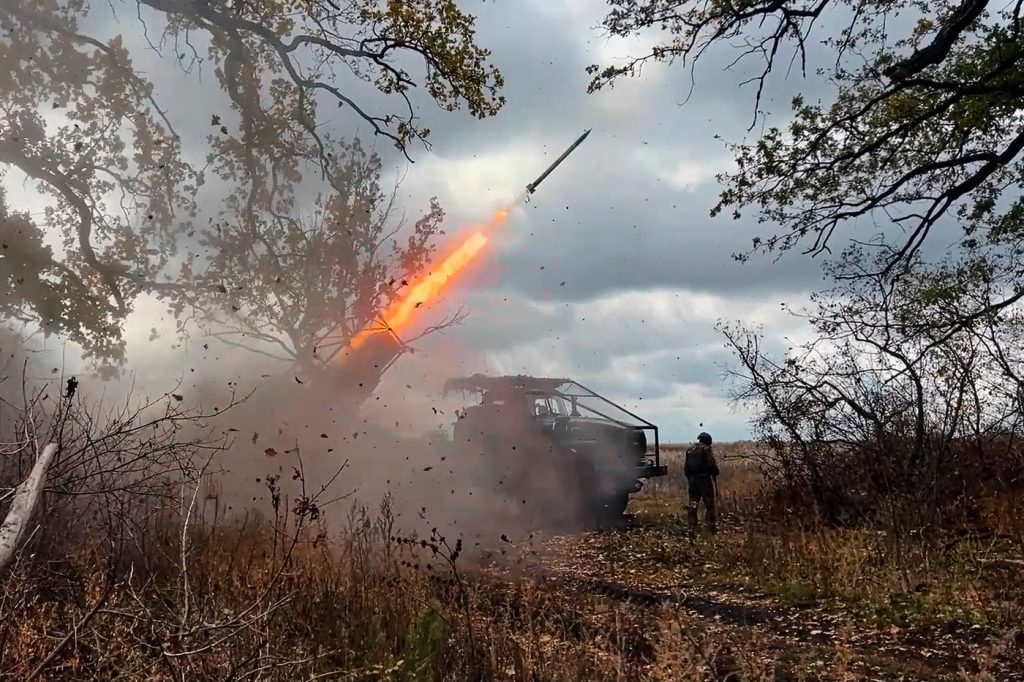At least two people were killed in a drone strike targeted at a car park in Ukraine's southwestern Odesa region, Ukrainian authorities confirmed on Sunday, marking the latest incident in ongoing hostilities. The drone attack occurred in the early hours, leading to three additional injuries, as reported by the State Emergency Service. The regional governor of Odesa, Oleh Kiper, provided updates on the situation, highlighting the impact on local residents.
In a separate attack, the front-line Zaporizhzhia region also faced aggression from Russia, which utilized drones and missiles, resulting in nearly 60,000 people enduring power outages. Regional Governor Ivan Fedorov noted that two individuals were wounded, sharing images on Telegram that depicted buildings left in ruins amidst the devastation caused by the assaults. This latest series of strikes is part of a sustained campaign by Russia against Ukraine's energy infrastructure as winter approaches.
Ukraine's national energy operator, Ukrenergo, warned of rolling power cuts across several regions as a response to the ongoing strikes, which are specifically aimed at crippling the country's energy supply. Ukrainian cities heavily rely on centralized public infrastructure to manage water, sewage, and heating systems, and the blackouts hinder their operations significantly, potentially lowering morale among the populace.
Analysts and officials noted a tactical shift from Moscow this year, as Russia has been increasingly targeting specific regions and key gas infrastructure, aiming to disrupt Ukrainian logistics and weapon manufacturing. With almost four years having passed since Russia's full-scale invasion, these attacks appear designed not only to weaken the infrastructure but also to impact Ukrainian resolve in the conflict.
As the conflict intensified, Russia's aerial assaults have grown more effective, employing hundreds of drones, many equipped with cameras that enhance targeting capabilities. This advancement has posed significant challenges for Ukrainian air defenses, especially in areas where protective measures are less robust.
On the other hand, there are reports of Ukrainian retaliatory actions, with a drone strike igniting a fire at an oil tanker and other infrastructure within Russia’s Tuapse port. Images surfaced on social media, showing flames consuming terminal structures and a tanker, although the authenticity of the footage could not be independently verified. Tuapse is significant for its major oil export terminal and refinery operated by the state-owned Russian oil company Rosneft. Earlier in the week, Ukrainian President Volodymyr Zelenskyy claimed that targeted attacks on Russian refineries had diminished Moscow's refining capacity by 20%, based on intelligence from Western sources.
The ongoing war emphasizes the vital role that oil exports play in funding Russia's military actions in Ukraine, and while Ukrainian forces continue to target refineries, new sanctions from the U.S. and the European Union are aimed at crippling Russia's oil and gas-derived revenue streams. Such measures are part of a broader effort to undermine Russia's ability to sustain its military operations in Ukraine, as the conflict shows no signs of abating in the near future.










